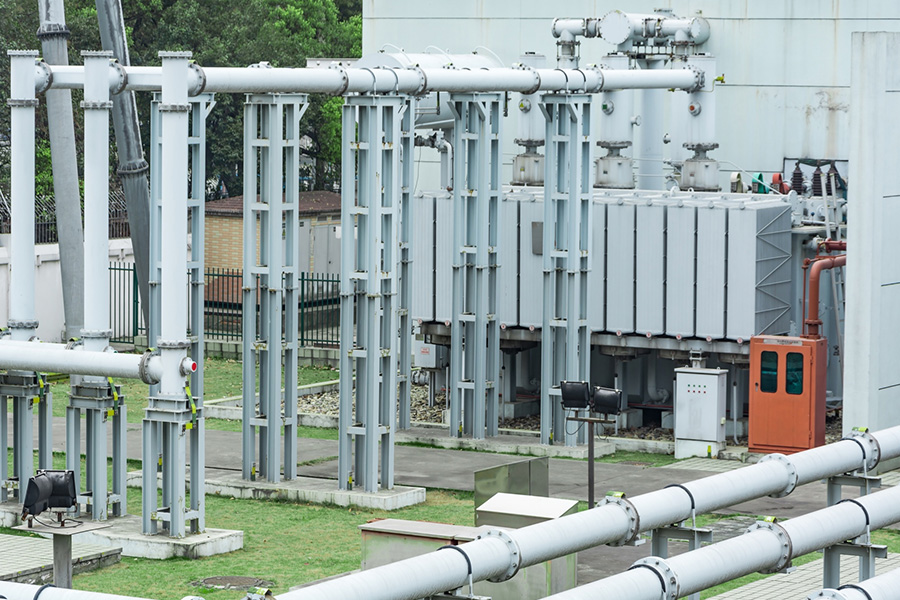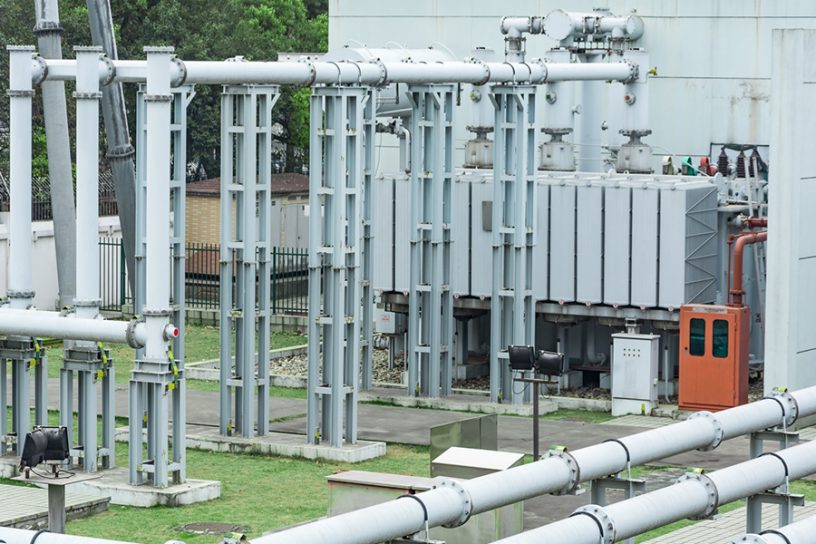
The analyses reveal that GIS is the most suitable substation technology in Indian contexts considering the factors of cost, flexibility, safety, reliability, energy loss, time, and simplicity.
Authors
Vibha Trivedi, Assistant Professor, Jindal Global Business School, O.P. Jindal Global University, Sonipat, Haryana, India.
Ashish Trivedi, Associate Professor, Jindal Global Business School, O.P. Jindal Global University, Sonipat, Haryana, India.
Summary
Substation technology (ST) selection has emerged as a critical decision not only for an efficient power distribution system but also for meeting the UN sustainable development goals (UNSDGs).
Hence, this study aims to recommend a suitable ST by applying seven criteria to BestWorst Method (BWM) to calculate their weights and Technique for Order Preference by Similarity to Ideal Solution (TOPSIS) approach for choosing the best-suited technology among the Air-Insulated Substation (AIS), Gas-insulated Substation (GIS) and Hybrid Substation technologies.
The analyses reveal that GIS is the most suitable substation technology in Indian contexts considering the factors of cost, flexibility, safety, reliability, energy loss, time, and simplicity. The study also offers avenues for further work.
Published in: 2023 7th International Conference on Intelligent Computing and Control Systems (ICICCS)
To read the full article, please click here.


